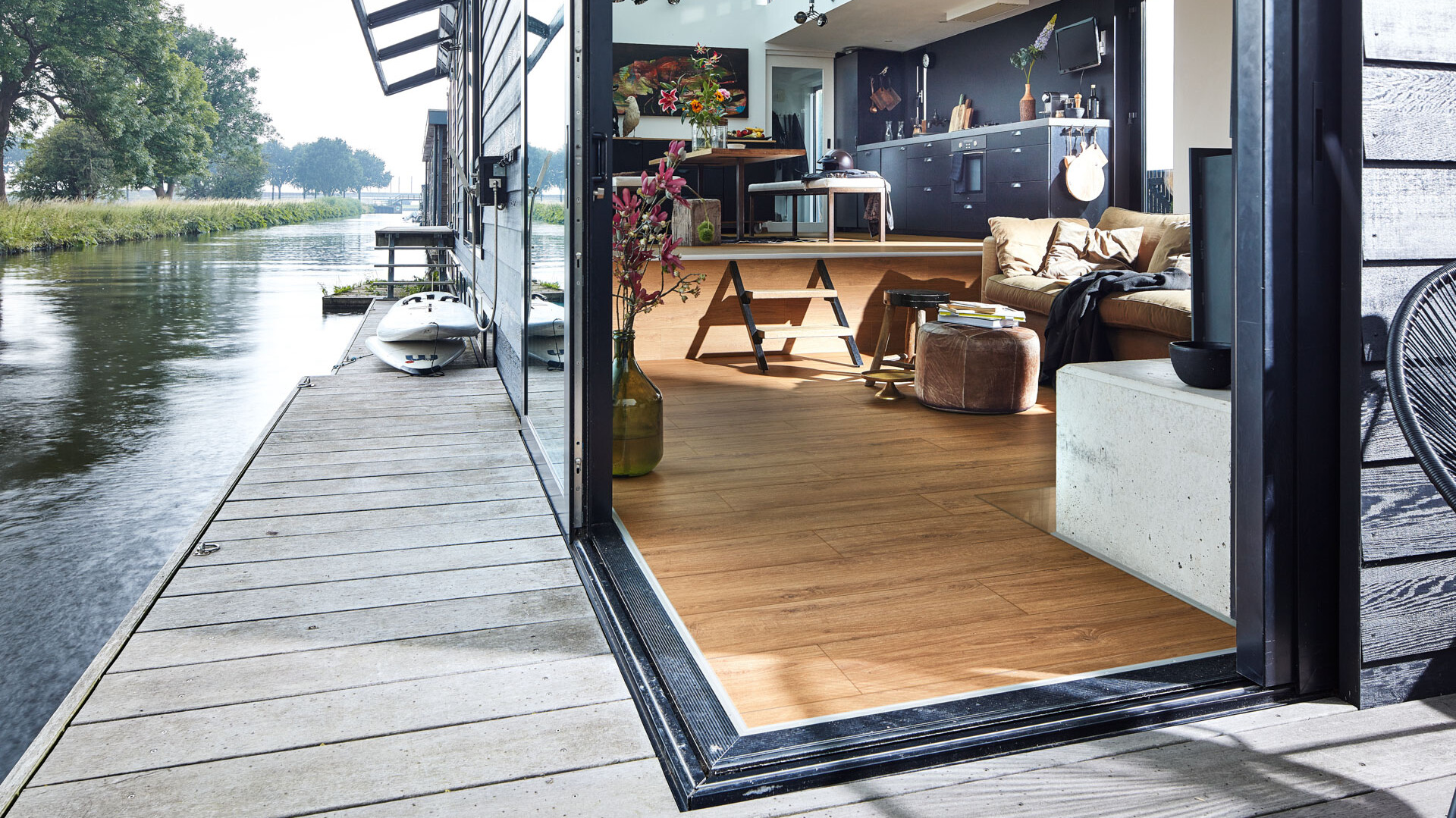
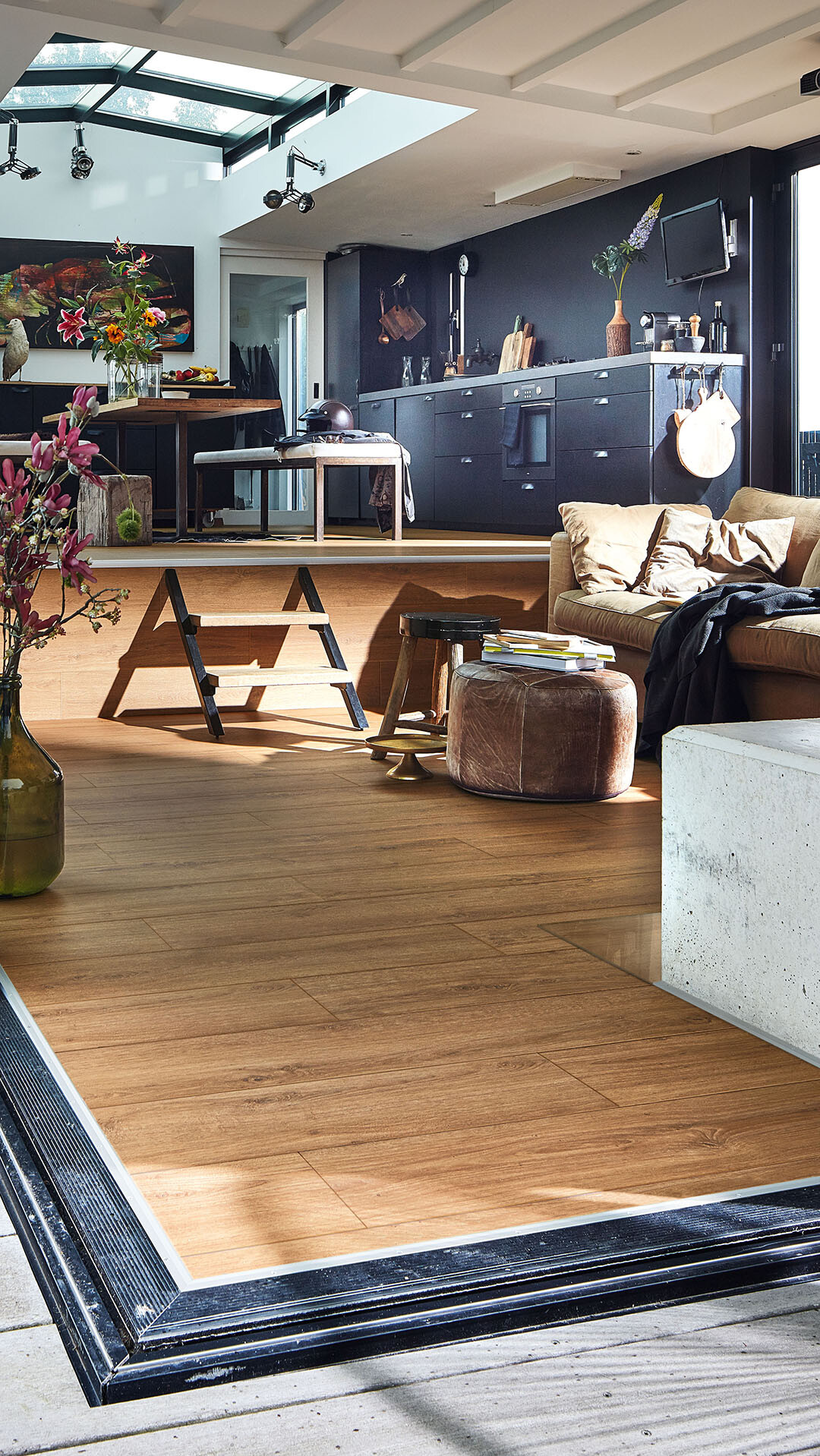

Slow living isn’t exactly a design trend that has only recently emerged. The concept’s origins date back to the 1990s as a counter-reaction to the fast food mentality that was spreading in society. Today, the trend is enjoying a proper renaissance. But why exactly? And what does slow living as a design concept look like?
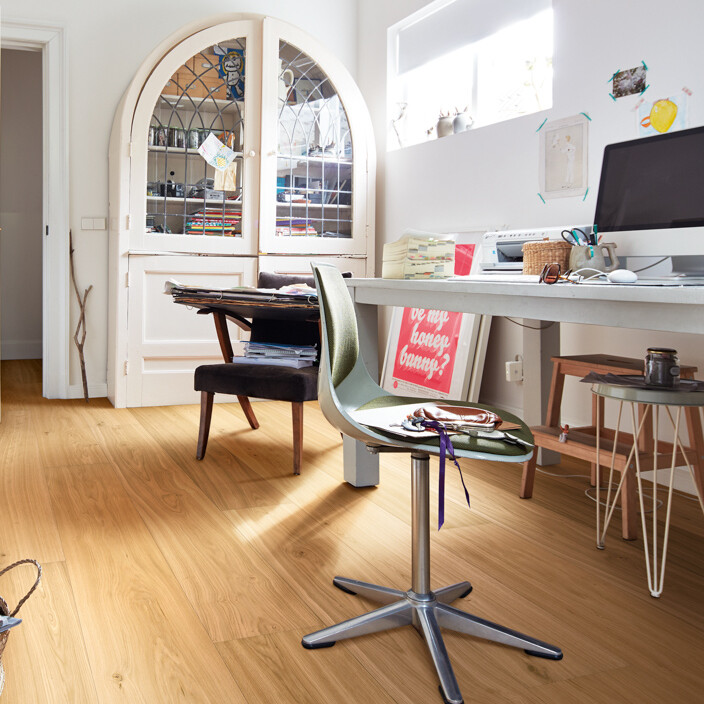
With the dawn of industrialisation in the mid-19th century, technological progress really took off: numerous inventions shot up like mushrooms out of the ground. One of those was the steam engine. This primarily made for improvements in powering machines for various areas of usage in the industrial setting – the motto was ‘always quicker and more efficient’. This also found expression in powering ships, locomotives and cars: the world became a lot faster all at once.
What began with industrialisation and showed itself in a world becoming slowly but surely faster must hit its top speed at some point – and that point is today, in times of digitalisation. These days, the speed of back then is a slow-motion picture to us. That’s because we’re surrounded by a completely different tempo. Click, email sent and, within a fraction of second, arrived on the other side of the world. Click, run through the digital shopping mall and new shirt purchased. Click, dream partner sought and found.
We google. We post. We like. We add. Always online, always more, always faster and faster and faster – lightning speed.
That is the tempo at which we move through the fibre-optic network day in, day out. Constantly on the move virtually, but less often truly present in the here and now, appreciating the world around us – sometimes not even our own homes. It comes as no surprise then, that some of us seek a bit of peace, especially within our own four walls. Let’s change down a gear – and live slower. That is exactly why the design concept of the same name is enjoying such popularity; as slow living implies, the furnishing style sees to decelerating in rapid times.
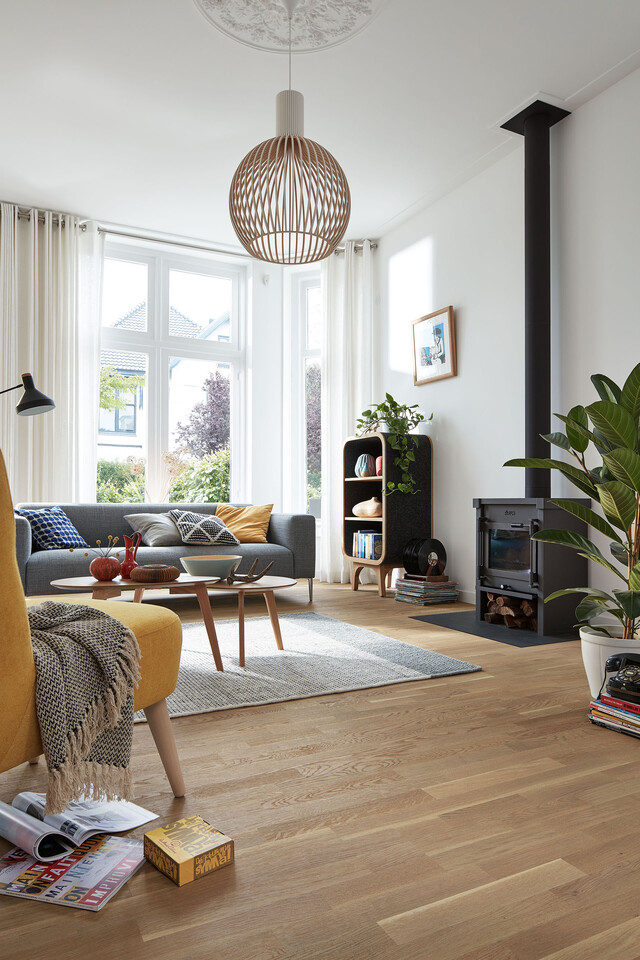
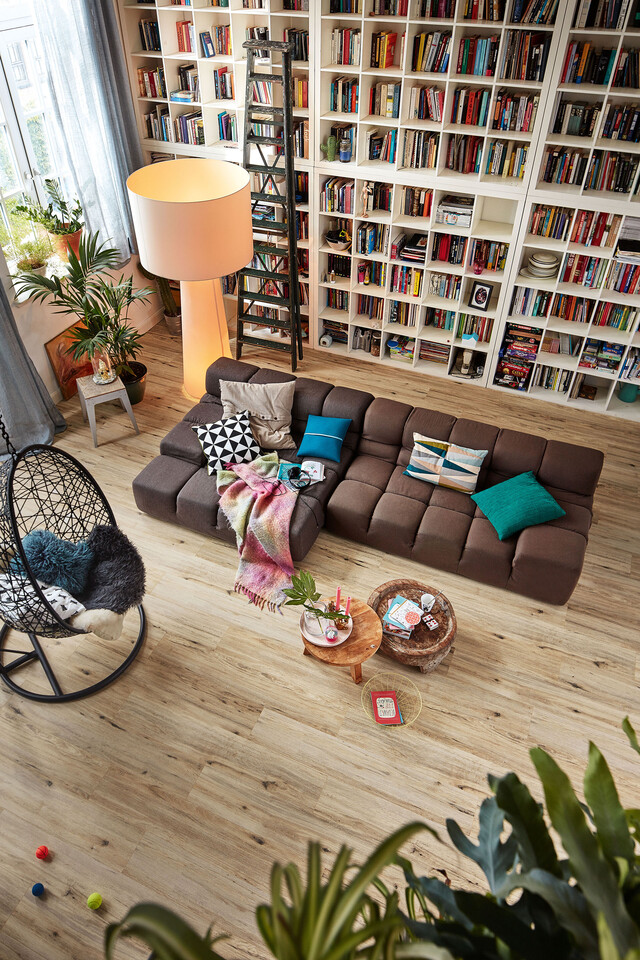
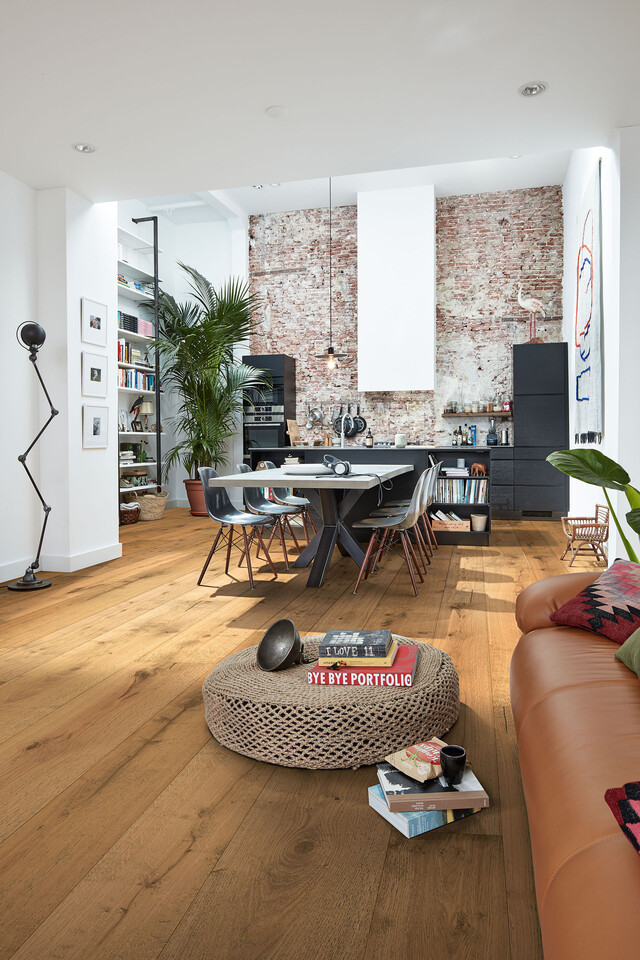
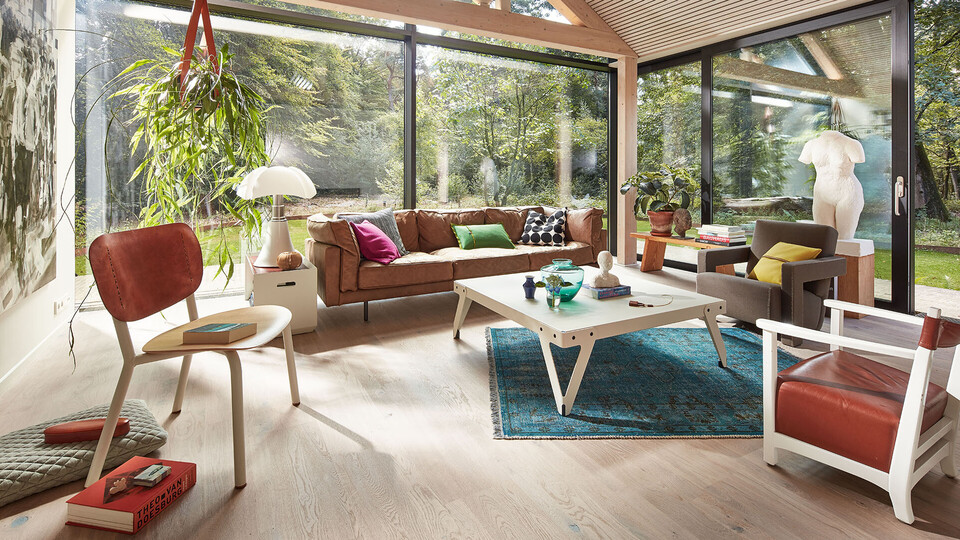
Slow living is more than just a furnishing style. The concept is rather an expression of a whole standard of living that can be understood as the antithesis to the fast pace of the 21st century. Be with yourself, relax and stay in the moment: these are the key fundamental ideas behind slow living. The result? This deceleration should lead to a return to awareness of your surroundings and not letting things pass you by. Focusing on one thing and dedicating yourself entirely to it puts the brakes on the incredible speed of everyday life. This is also noticeable when the attitude is carried over to your living style, making for relaxation within your own four walls.
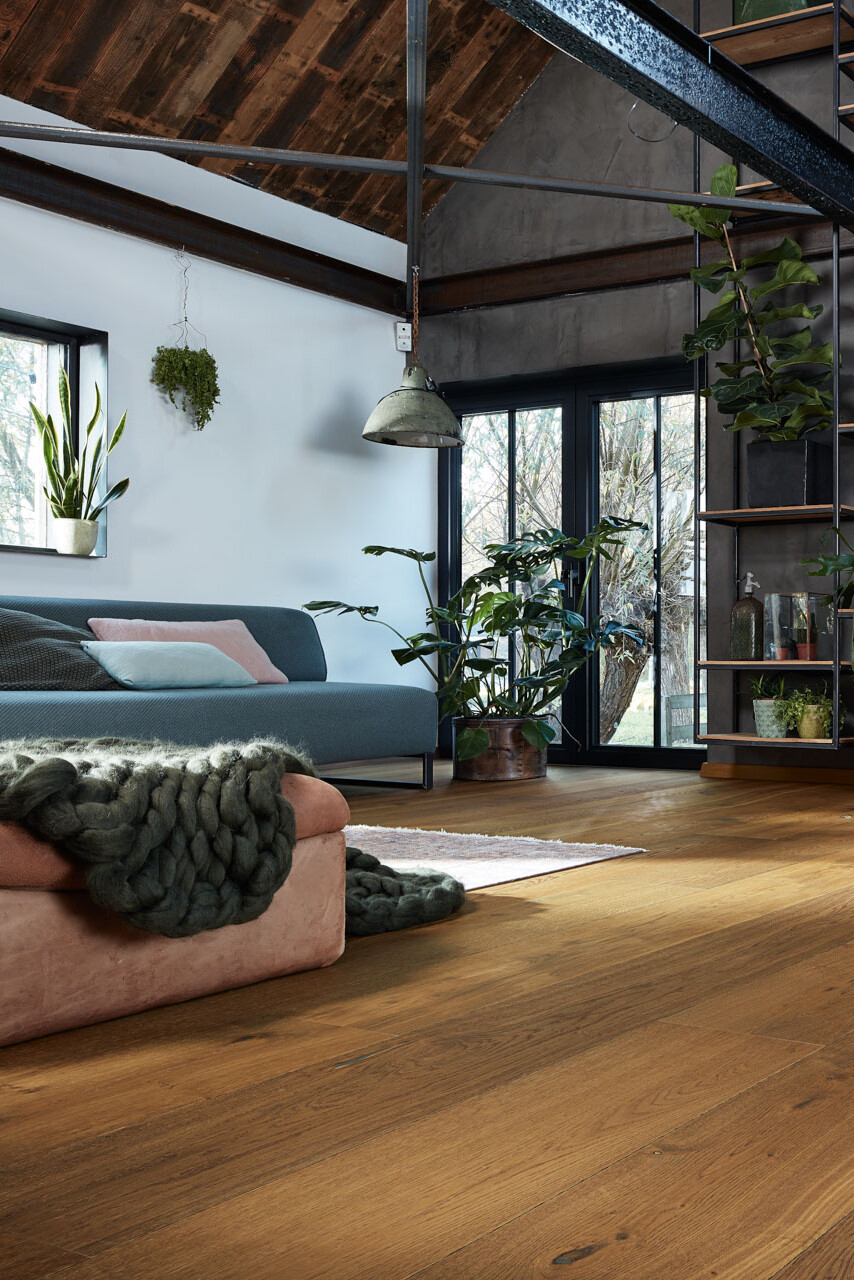
Those looking to furnish slow living style should pay most attention to creating an ambience that is clear, relaxed and reduced to the essentials. At first, this may sound strangely similar to the rules of minimalism – but there is a difference. While minimalist design concepts are mostly characterised by their absence of everything that doesn’t fit into its overall image, a certain unrestraint when it comes to slow living leaves freedom for subtle accents.
Muted design, clear lines and functional furniture are key to this relaxed furnishing style. Overall, these aspects help to draw the eye of the beholder calmly through the living space, allowing it to linger on and enjoy the highlights before continuing on its tour around the room. To make sure distractions and chaos don’t emerge and prevent attention flitting from one site of unrest to the next, one thing is especially important: order. Order makes for a harmonious overall image.
Furniture and the odd accessory made from natural materials such as wood, stone and leather enhance the ambience perfectly and bring real authenticity to the space – a touch of genuineness and timelessness in an era of fake news and virtuality, so to speak.
Subtle splashes of colour may be added: broken tones work particularly well together with more vibrant colours. For example, the combination of a dusty pink blanket draped over a burgundy coloured armchair looks very elegant. The whole thing features as a highlight in otherwise fascinating surroundings thanks to simple design – and ta-da! Slow living style achieved.
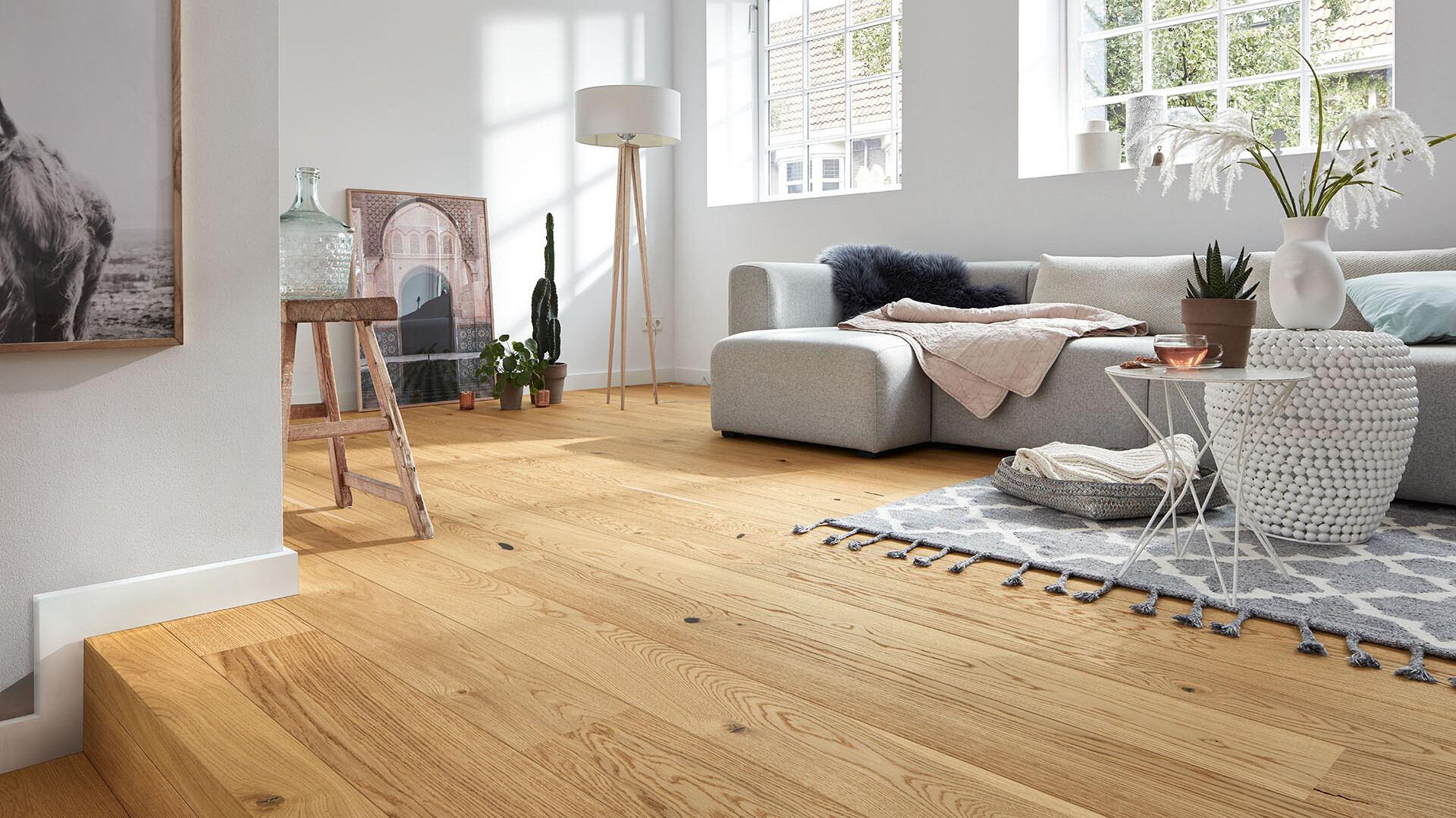
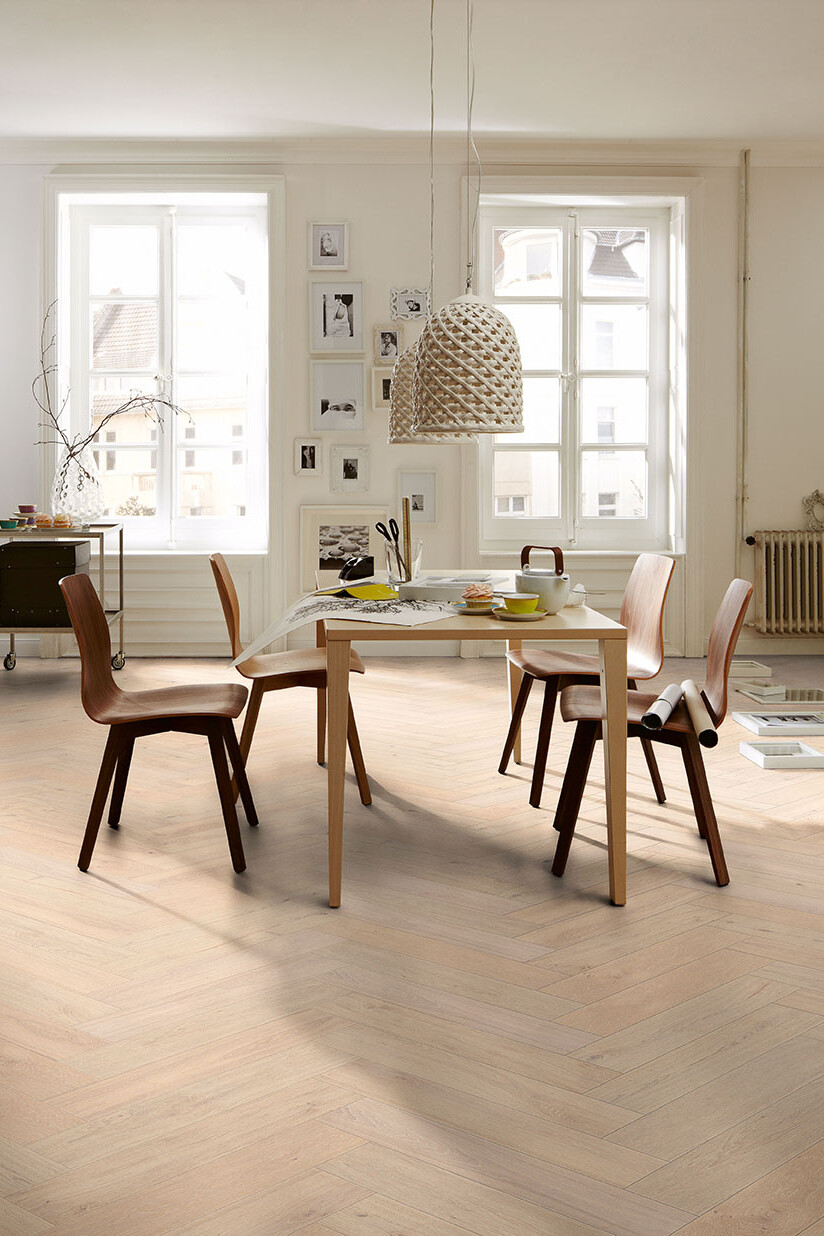
There is a wide range of flooring that goes well with the slow living style. A simple design often has a very calming effect and brings the tranquillity that is characteristic to the trend into the room. Concrete-look flooring is a great match because its surface structure is very muted in comparison to other floors, such as a walnut parquet floor with a strong grain. Those who like a tasteful simplicity to their home accessories can’t go wrong with this stony look.
You can also set a subtle contrast in the ambience with your flooring to bring the slow living feeling to life against the sober minimalism – with light and lively oak parquet flooring, for example. The discreet shade and light structure make for a warm and natural feeling of well-being, surrounded by the clear simplicity of matching furniture.
Because the visual highlights in a slow living concept are expressly desired, so long as it is used sparingly, a flooring laying pattern can also provide the perfect atmosphere. The timeless herringbone is an eye-catcher and a classic. It lends floors both geometric structure and order. As already mentioned, order is an absolute must for the slow living concept. But be careful! The striking pattern should only be laid if the formal design and colour scheme of the furniture pieces are mostly reserved and muted. This is the only way to achieve a balanced interplay between floor and furniture so that your gaze to wander and then linger.